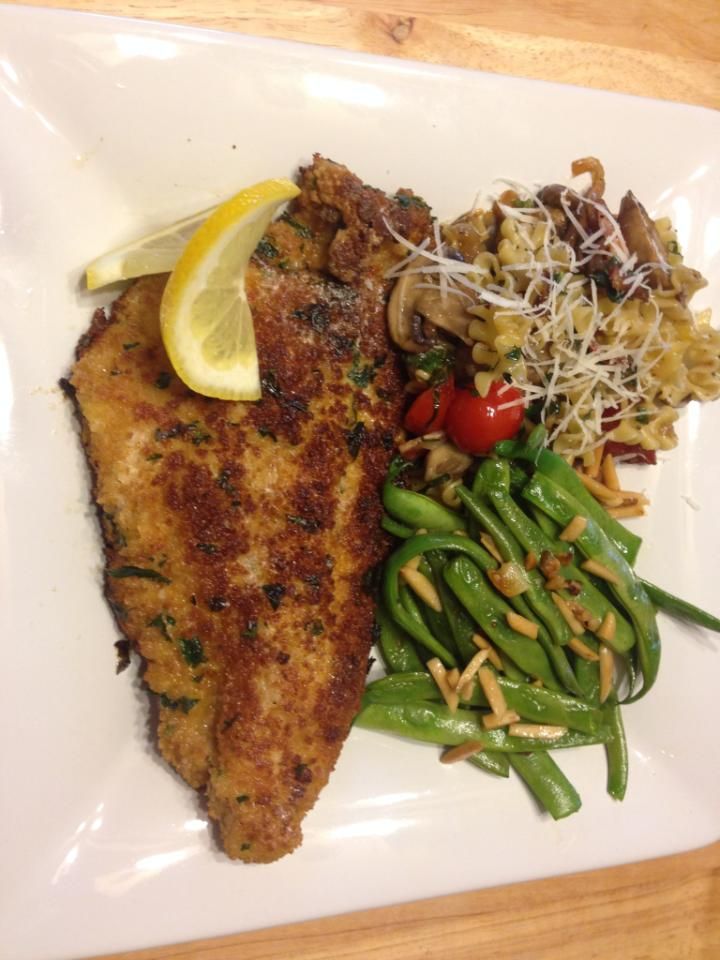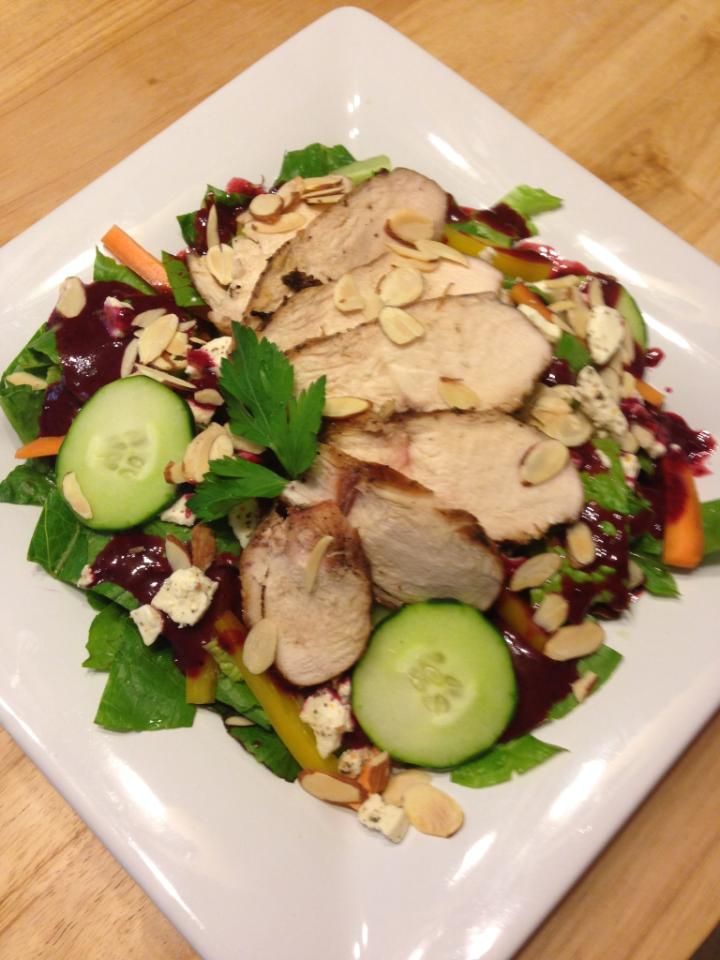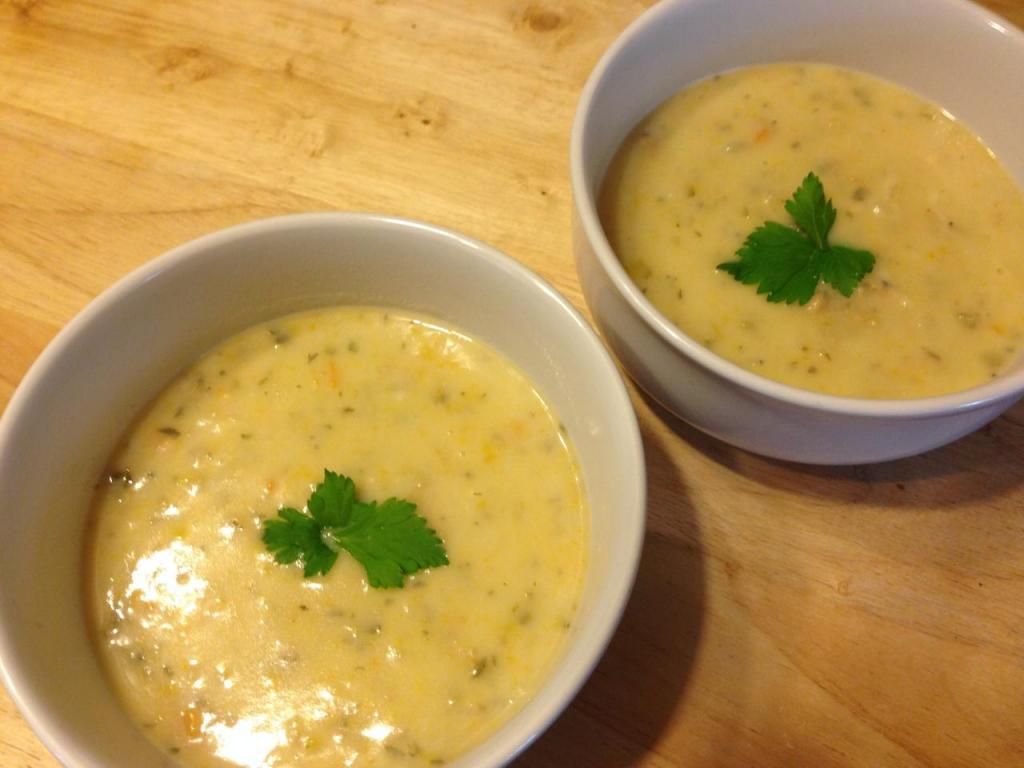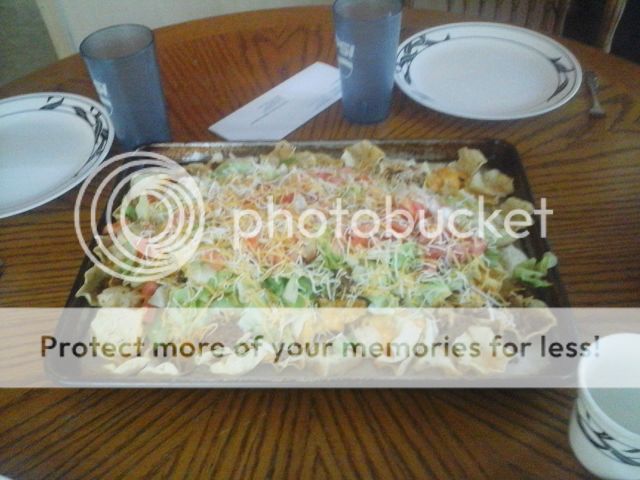From the Art of manliness website
SEASONING CAST IRON
Unlike Teflon pans, which get their non-stick properties from chemical compounds, the stickiness of a cast iron pan is diminished by a natural layer of oil/fat called “seasoning.” The seasoning also protects the pan from rust.
These days, the majority of skillets you will find come pre-seasoned by the manufacturer. While you should always take steps to maintain the seasoning (see below), you may encounter times that you want to repeat the seasoning process. Of course, if you are starting with a brand new, unseasoned skillet, you will need to follow this process before you begin using your cast iron.
WASH – This will be the only time I advise you to use soap on your cast iron, as you will want to strip it completely clean. Repeat, only use soap on your cast iron prior to seasoning your skillet — never again — got it? Good. Now, rinse that skillet with hot water to remove ALL of the soap. Done? Rinse it some more to be sure — you want ALL of that soap out of the pan prior to seasoning. If you are re-seasoning the surface due to stuck-on food particles or uneven color, go ahead and use a brush or even steel wool to form an even, clean surface.
DRY – After the skillet is completely cleaned, make sure the entire surface is dry and smooth.
SEASON – I prefer to use a thin layer of melted (vegetable) shortening. You will want to apply this layer over every part of the skillet. If you do not have access to shortening, choose a cooking oil such as canola, soybean, or safflower, and follow the same procedure. Avoid using low-smoke point oils such as extra virgin olive oil or butter.
BAKE – Set the oven to 350 – 400 degrees F and place the cookware (upside down) on the top rack of the oven. Bake the cookware for at least one hour. You can place aluminum foil underneath the pan to avoid drippings getting on the heating element. Then turn off the oven and allow the cookware to cool to room temperature in the oven — several hours.
STORE – cookware in a cool, dry place. Thinly coat the cookware with cooking oil in-between uses to maintain seasoning.
USING CAST IRON
As I mentioned earlier, cast iron cookware is extremely versatile. This is good news, because the more you use it, the more slick with seasoning it will become over time.
One thing is also certain: the handles will typically become VERY HOT! Always use an oven mitt or folded towels over the handles to prevent burns when handling cast iron.
PREHEAT – cast iron typically takes a bit longer to preheat than standard stainless pans, and it should be done slowly. Heat the pans slowly over low heat, and then adjust to your desired cooking temperature.
COOK – Once the pan has reached your desired temperature, begin cooking. Cast iron will maintain that level of heat, thereby providing a reliable and steady heat source. The pan can also be placed on top of a trivet or towel on the serving table, keeping dishes warm through most of your dinner service.
CLEANING CAST IRON
DO NOT – put your cast iron in the dishwasher.
NEVER – use soap or detergents to clean your cast iron. Only use soap when you are stripping the pan to re-season (see above).
AVOID – running cold water over the surface of a hot pan, as this can shock the pan, causing fissures or possibly even warping the pan. Allow the pan to slowly cool before rinsing with hot water.
CLEAN – the surface with a stiff nylon brush and hot water. For stubborn food particles, you can also add kosher salt to the pan, and work the brush against the salt to serve as an abrasive. For more stubborn food particles, heat some oil in the pan along with some kosher salt and use a kitchen towel to scrub the surface to remove the particles — careful to ensure you fold the towel enough to protect yourself from the heat. For super-duper stubborn food particles, boil some water in the skillet for a few minutes while carefully loosening the residue with the brush.
DRY – the cookware thoroughly after cleaning. If you had been using the oven, you can stick the pan in the cooling, still-warm oven for awhile or heat it on the stovetop for a few minutes to make sure all the moisture is removed.
APPLY – a thin layer of cooking oil to the surface while the pan is still warm.
STORE – cookware in a cool, dry place. Storing the pan in the oven is a viable option, but remember to remove the pan prior to turning on the oven. If your pan has a lid, store the pan and lid separately, or place a folded piece of paper towel between the lid and the pan so the pan is ventilated.
***************************************************************************




























